
Over the last couple of years, I’ve learned to set really clear boundaries, particularly at work.
I knew I didn’t want to work in human resources for the long-term. Because of this realization, I was no longer trying to climb the corporate ladder. It became easier to say “no” more often and set boundaries around what I would or wouldn’t do.
Knowing that our finances were in order also contributed to my confidence to set boundaries. We had a large emergency fund (or what I might call F-You Money) and had reached Coast FI before I started working part-time.
It wasn’t that I didn’t do a good job. I always want to provide a high quality of service, especially if I commit to something. That’s a big reason why I focused on being really clear about what I could and could not take on in the time I had at work (24 hours/week).
Now, I’m in the process of leaving that job. I’m no longer working full-days as a salaried employee. I’ll be working hourly for only a few more weeks to wrap up a project.
With this transition, I’ll have more free time.
Subconsciously, I knew this immediately. I started saying “yes” more and began to commit to more things. I started having “shiny object syndrome.” I’d see something interested and decide that I wanted to do it.
Someone I look up to recently posted a job for a short-term community manager for a program that she’s running next month. My first instinct was to say, “Yes, I can totally do that. I’m sure I’ll have enough time.”
Two days later, I was so glad that I didn’t submit my name for the role. On Monday of last week, I realized I felt exhausted. I laid on my couch to relax and read basically all day.
While I did feel almost back to normal the next day, I had an important realization.
I need to be as judicious (if not more) with my time as an entrepreneur than when I worked part-time.
There are so many opportunities and ideas that I could pursue. As a new entrepreneur, I need to be even more intentional about where I want to focus my time and effort.
I need to prepare myself to say, “No” a lot more often.
Why It’s Important to Say “No”
There are many reasons to say “No” more often.
- Saying “No” helps to keep us from getting exhausted and burned out.
- Sometimes, if we don’t specifically decide to say “no,” it means we are saying yes to the default, and nothing will change.
- It helps us to focus on what matters most.
- It can provide us with the space to say “yes” if something new and exciting arises.
I recently attended a book club with Cait Flanders. She shared that often, people in the self-improvement space prompt setting boundaries and saying “No” more often. Yet, they forget to talk about why.
It’s not simply to do fewer things. It’s so that we can say “Yes” to the things that are most important.
We all have limited time and energy, and we cannot say “Yes” to everything. If I said, “yes” to throwing my hat in the ring for the community manager role, I’d necessarily be saying “no” to something else.
This is why I need to be judicious with what I say “yes” to.
Guiding Principles for Setting Boundaries
I was working with a coaching client recently on setting boundaries. Before our first session, I decided to put together a list of my “Guiding Principles for Setting Boundaries.”
This allowed me to fully articulate the most important things I’ve learned about setting boundaries over the last couple of years.
1. You always have a choice.
I used to say “yes” to things because I didn’t believe I was allowed to say “no.” I assumed that I had to do everything my boss asked me to do. My family had expectations that I thought I had to follow.

Now, I realize that I always have a choice. I can say “no” to anything I want to.
I used to struggle with saying “no.” So, articulating that I could start with “no” as my default and then decide if I wanted it to be a “yes” was very freeing for me.
To be clear, this doesn’t mean that saying “no” doesn’t have consequences. But, I learned that I could weigh the consequence with my desire to do the thing to make an informed decision.
Just because not doing something could have a negative consequence did not mean I had to do it.
2. Choosing between good options is often harder than choosing between a good and bad option.
Setting boundaries is a lot easier (notice I didn’t say easy…) when you are choosing between something great and something terrible. It’s a lot harder when you are choosing between something that fine (or even good) and something that’s great.
It’s even harder when you are choosing to say “No” to something that’s fine to hold your time open for something better to come along.
This is something I still struggle with.
A few weeks ago, I realized that I kept saying things like, “I could keep doing hourly work for my current employer for a while. I don’t mind it.”
But, I realized that if I say “yes” and continue to do 10 hours/week for my current employer, it would mean that I’d have to say “no” to something else. I don’t want to do something that’s “fine,” even though I don’t have an alternative yet.
I’m in a space where I can say “no” to something that’s just okay (and leave money on the table). I am confident that if I do this, I will have more time to focus on projects that I feel “HELL YES” about.
I’m continually reminding myself that if it’s not a “HELL YES,” then I should be a “No.”
3. Clear is Kind.
I used to shy away from being clear about my boundaries. I’d say “yes” to everything and often resent that the person would ask.
Now, I realize that people can’t read my mind. They don’t know where my boundaries are, and I shouldn’t expect them to. They actually can’t know unless I am clear with them.
Setting boundaries actually helps to build trust over time. I want people to know that they can ask me anything, and I will be clear with them about whether I will do it or not. I will not say “yes” to something and be resentful about it. My “yes” will always be a joyful yes. I do not expect them to make assumptions about where my boundaries are.
4. Building up “slack” is important.
Given my challenges with mental health and anxiety, I know that I do not want to be stressed by saying “yes” to too many things.
Have you ever felt so stressed by the amount of things that you need to do that you feel paralyzed? Yup, me too.
I’m lucky to have Corey in my life. I remember so many times in college and early in my career when I would become paralyzed by the number of things I needed to do. He’d sit down with me and help me make a list. Then, we’d start by tackling things one by one.
I hate getting to the point where I feel paralyzed, and I like to prevent that as much as possible. A good way to do that is by creating “slack” or extra time.
I think of this as similar to building up an emergency fund for finances. When we experience an emergency, we are able to use the emergency fund to not go into debt. If I can create an “emergency fund” of extra time in my daily life, I can absorb the shocks.
For example, working in HR, I knew that I couldn’t schedule my full days. Something would always come up. I knew I needed to leave multiple hour-long blocks open in my scheduled to deal with unpredictable items.
On a personal level, I’ll often create a “to-do list” and a “want-to-do list.” The to-dos need to get done, and there are fewer of them. The “want to-dos” are stuff that I’d like to get done, but they don’t absolutely need to. It’s like a wish list.
I find that I can actually get a lot more done when I don’t put pressure on myself. I also don’t feel bad about pushing wish list items back a few days if something unexpected arises.
Gentle Ways To Say “No” Without Actually Saying “No”
Sometimes, all you need to do is say “no” to your own internal expectations. There’s no one else pushing you to do something.
In many cases though, there might be external expectations that we need to set boundaries around.
I’ve gotten pretty good at saying “no” in a way that supports maintaining strong relationships and ensuring my boundaries are clear.
Here are a few examples of ways you can do this in both a personal and a work setting:
- “That is such a great idea. Unfortunately, I’m not going to be able to take that on right now.”
- “What an interesting idea. Can I take a few days to think about whether it makes sense for me to be involved?” (Then, actually get back to them…)
- “Thank you for thinking of me, but I don’t think this is the right match for me right now.”
Here are a few examples that can work specifically in a work setting where you have a boss:
- “I’d love to support you on this. I’d like to confirm with my supervisor (if you have one) whether this is a priority that I should be focused on.”
- “I’d love to discuss priorities. If I focus on Project #2, I’m not going to be able to get Project #1 finished in the timeline you requested. Is #2 more important than #1?”
What To Do When Someone Isn’t Receptive of Your Boundaries
Many times, people will be receptive to you setting boundaries in gentle ways (like the ones above). Sometimes, they won’t.

If someone isn’t receptive of your boundaries, there are a few things you can do.
- You can try using multiple different gentle strategies above.
- You can be very clear about your “no.” Phrases like, “I’m sorry, but I won’t be able to do that,” or “This decision is final,” or “My answer is no; please stop asking.”
If the person is still not receptive to the boundaries, you can choose to do what they are asking. If this is the case, I often will let them know what the implications are for me. If this happens often, you may want to consider having a deeper discussion about this or figuring out how you can leave.
Saying “No” Allows Me to Say “HELL YES” To the Right Things
Learning to set effective boundaries is a vital skill. And, it’s not just important to set boundaries related to external expectations. It’s equally important to set boundaries around our internal expectations, especially for Type A people, like me.
Setting effective boundaries allows me to have time and energy to focus on what matters most to me. I’ll be less likely to get exhausted or burned out.
Most importantly, setting boundaries means that I can stay open to things that are a “Hell Yes.”
I want to remember a helpful idea from Essentialism. If we don’t intentionally chart our own course and say “no” to other options, we are essentially saying, “yes” to the default.
Setting boundaries allows me to say “yes” to myself and what I want.

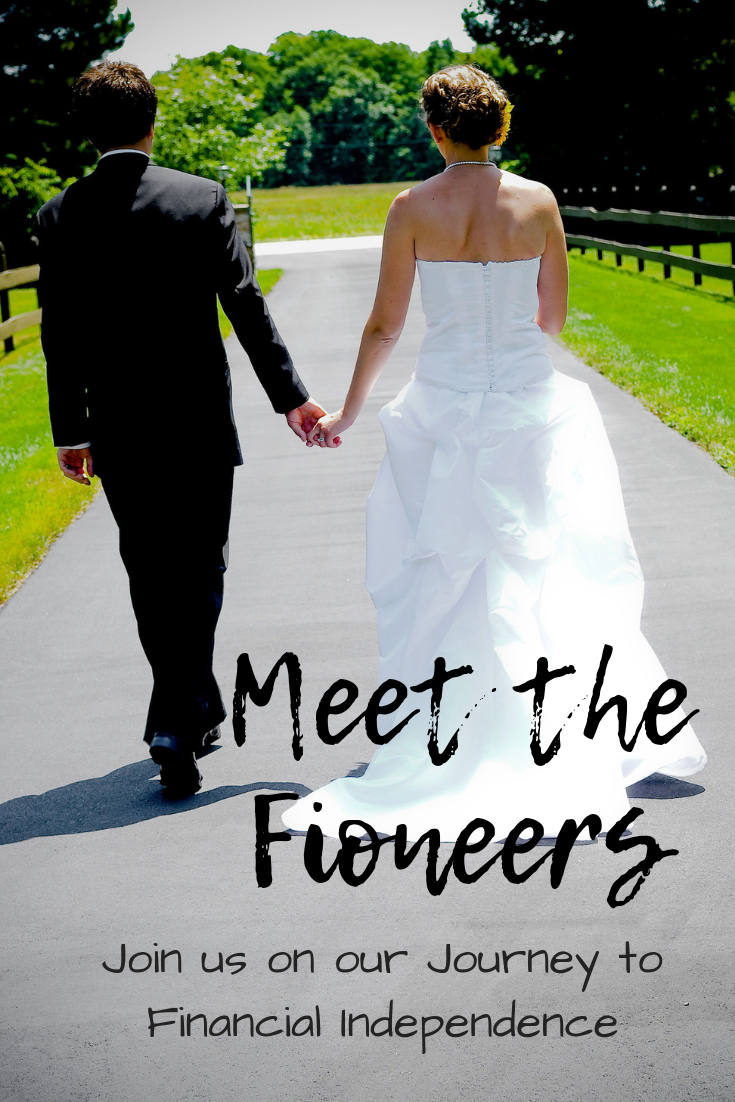
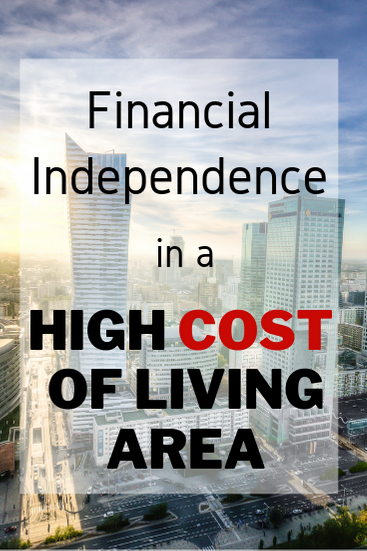
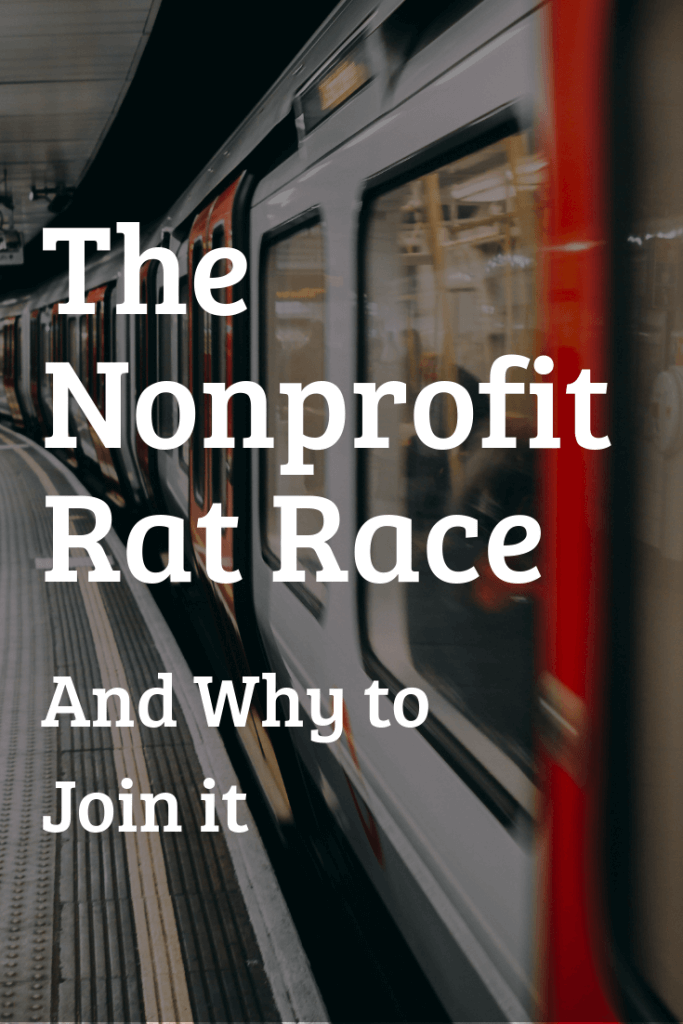

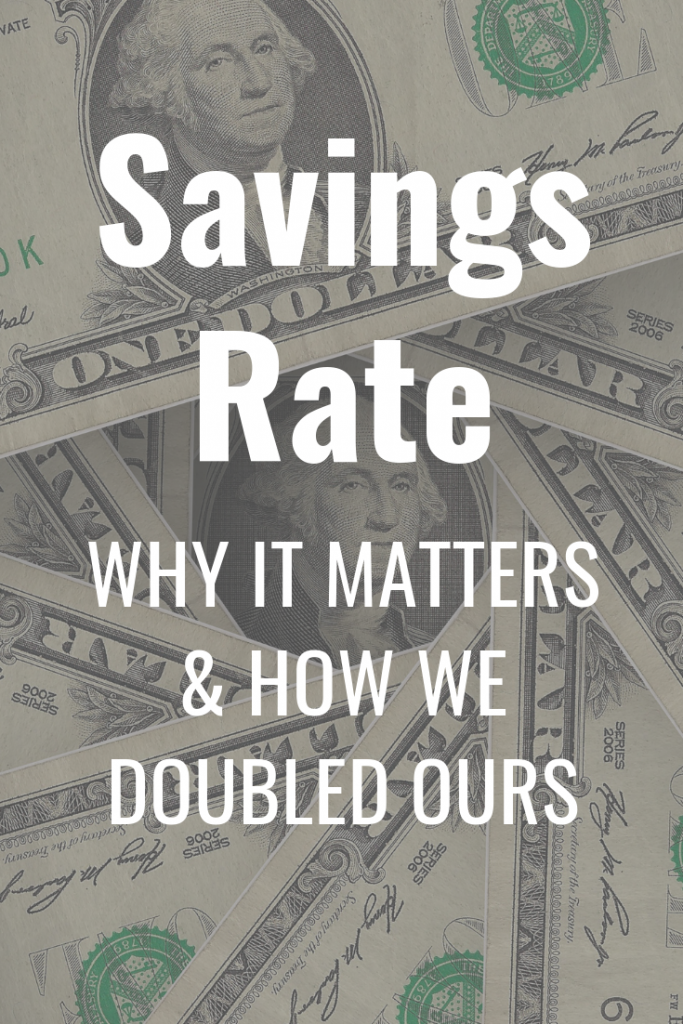
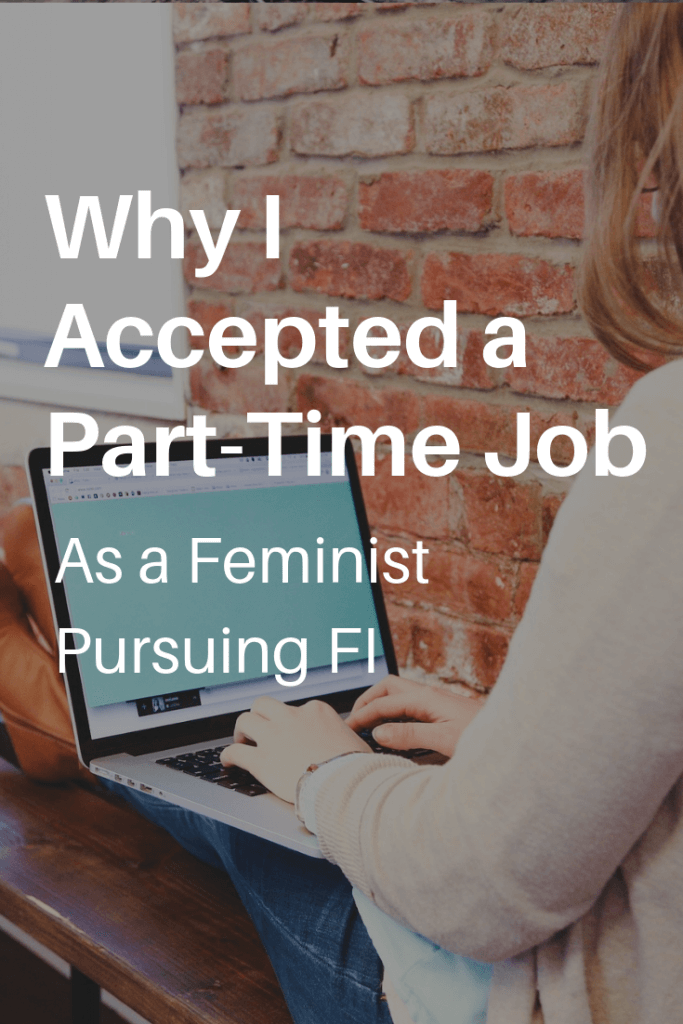
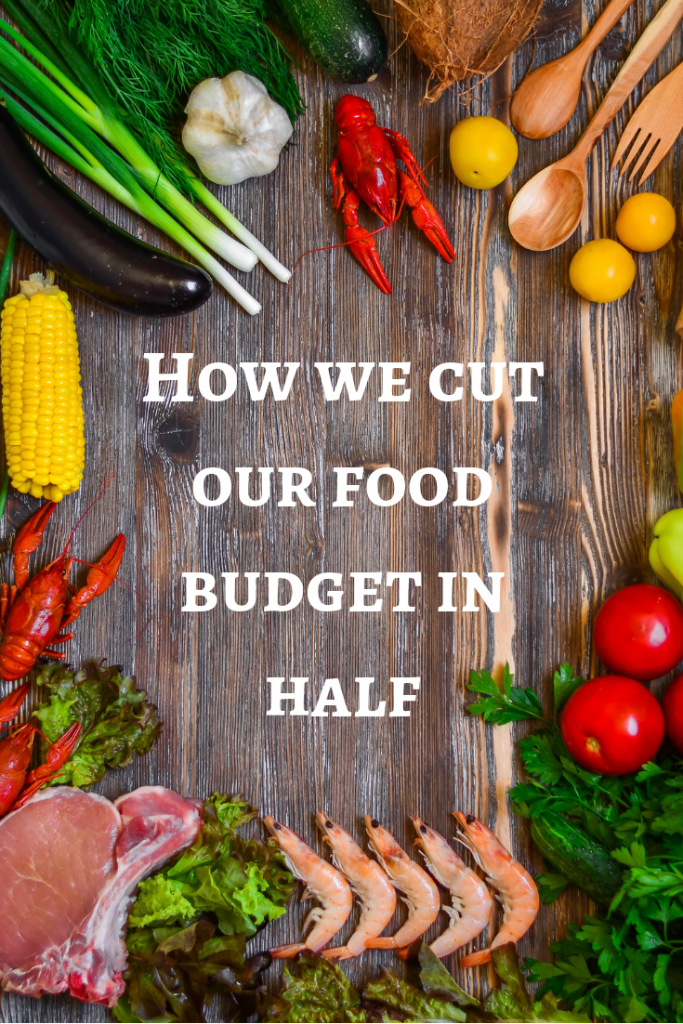


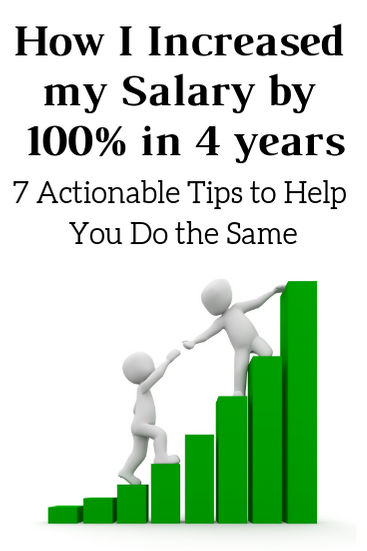
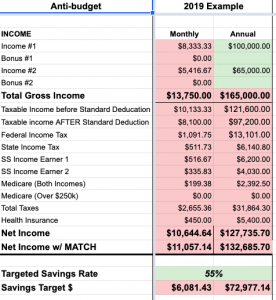

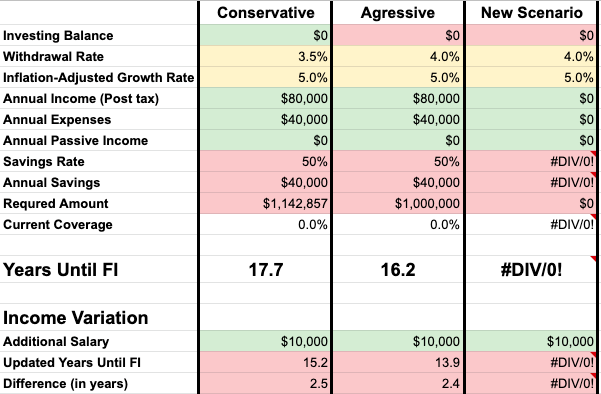
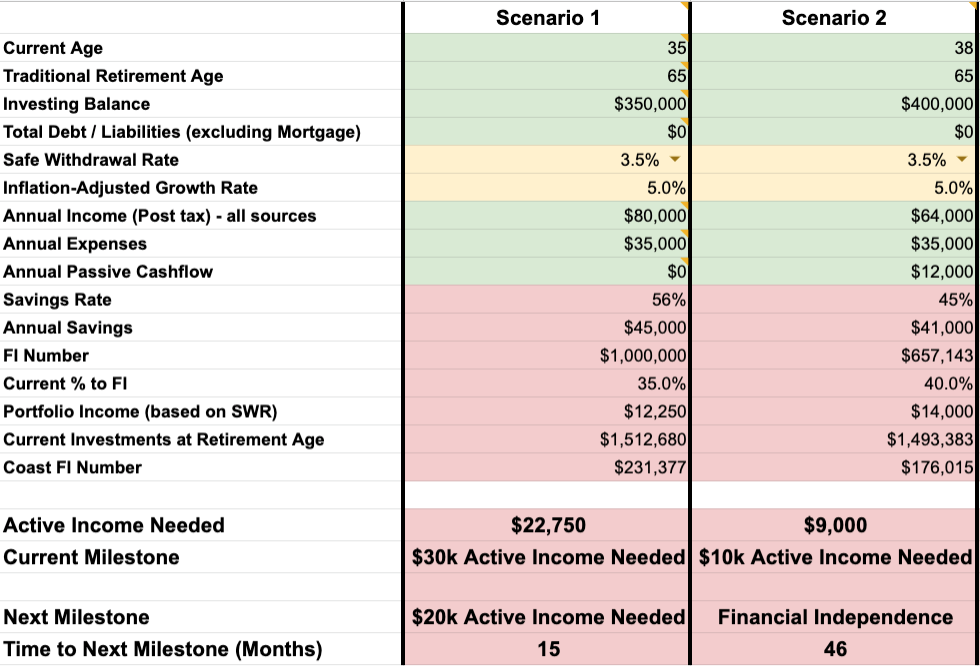
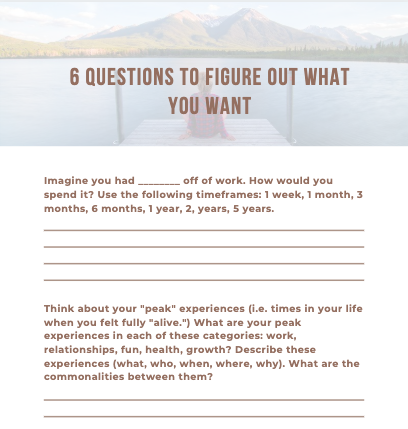
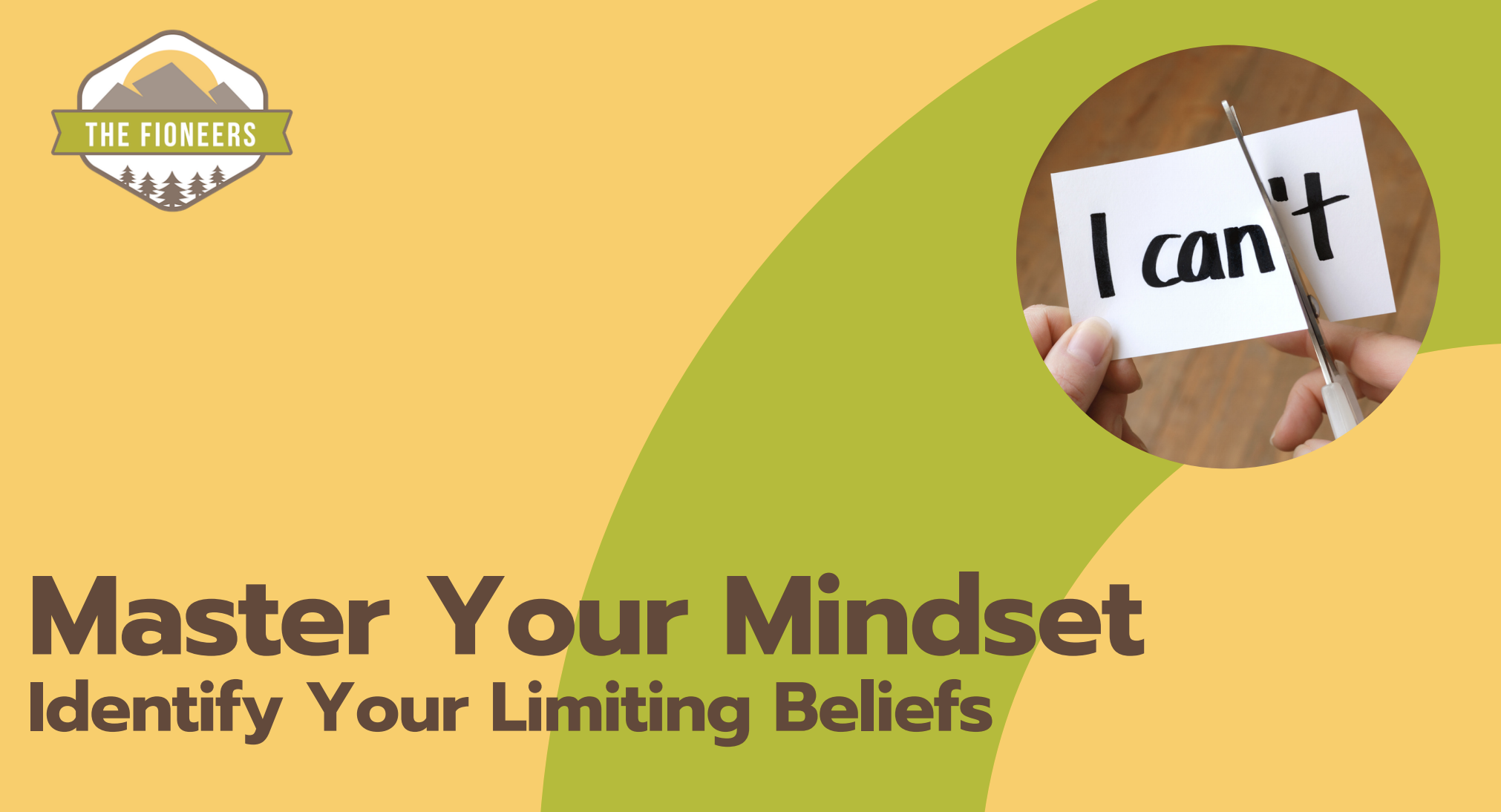
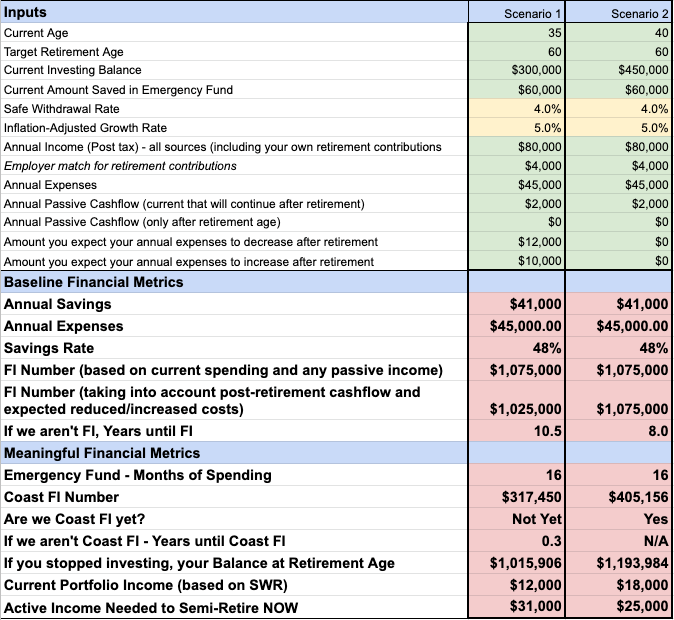
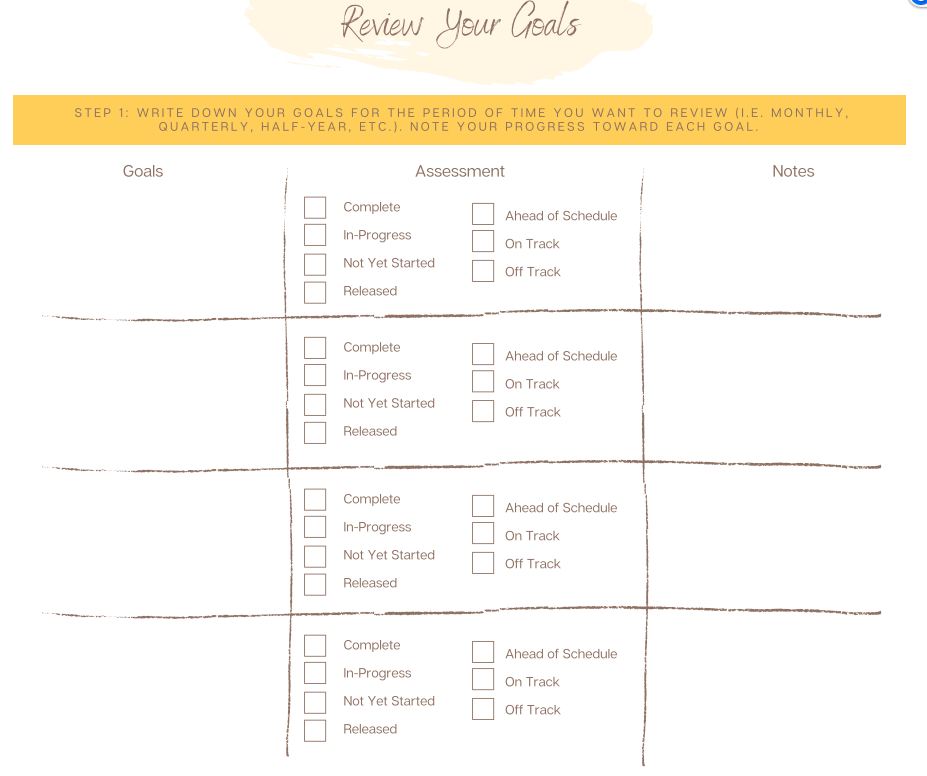
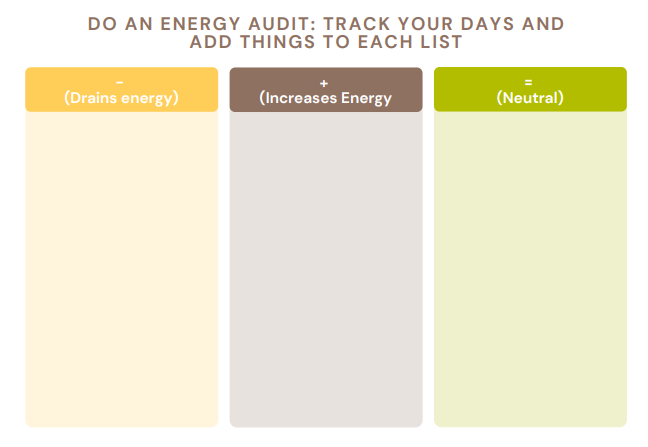
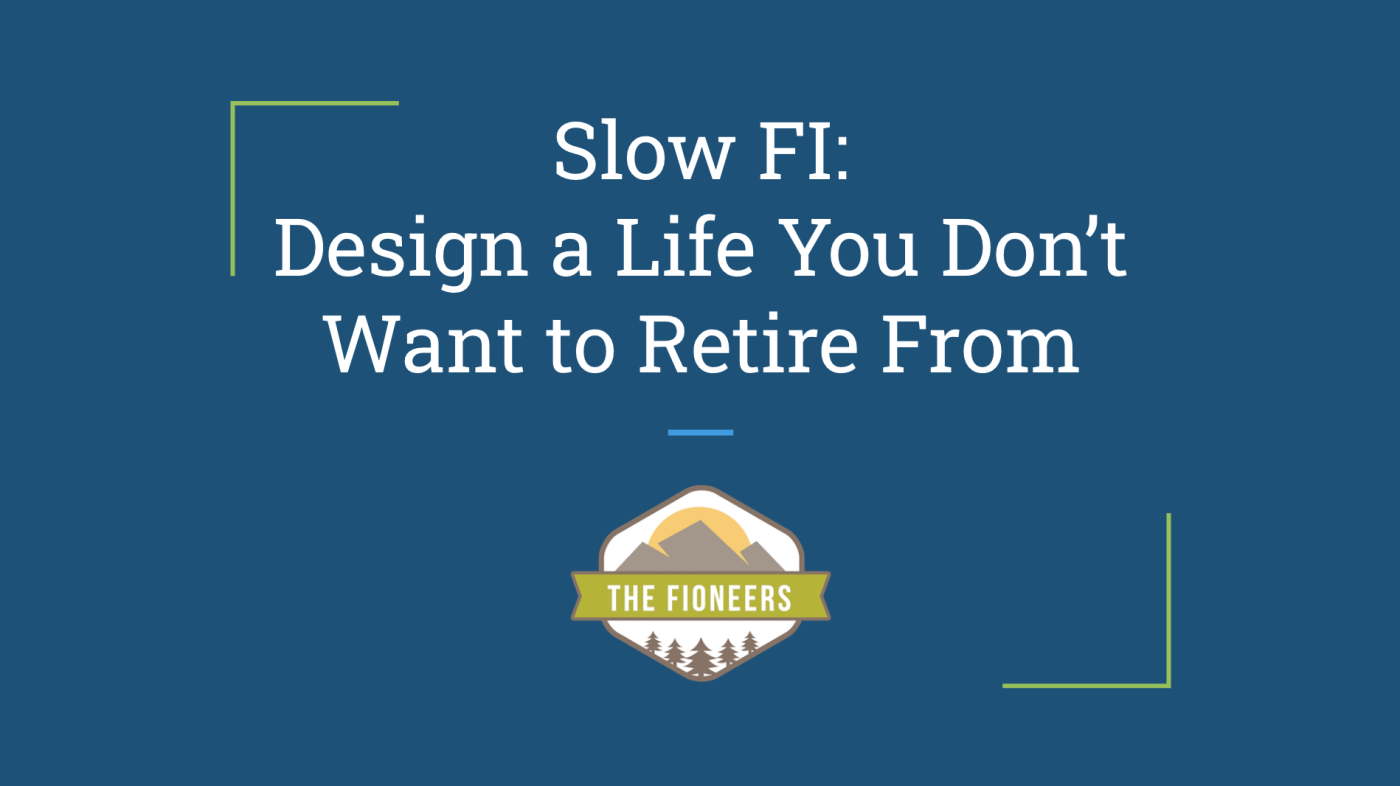
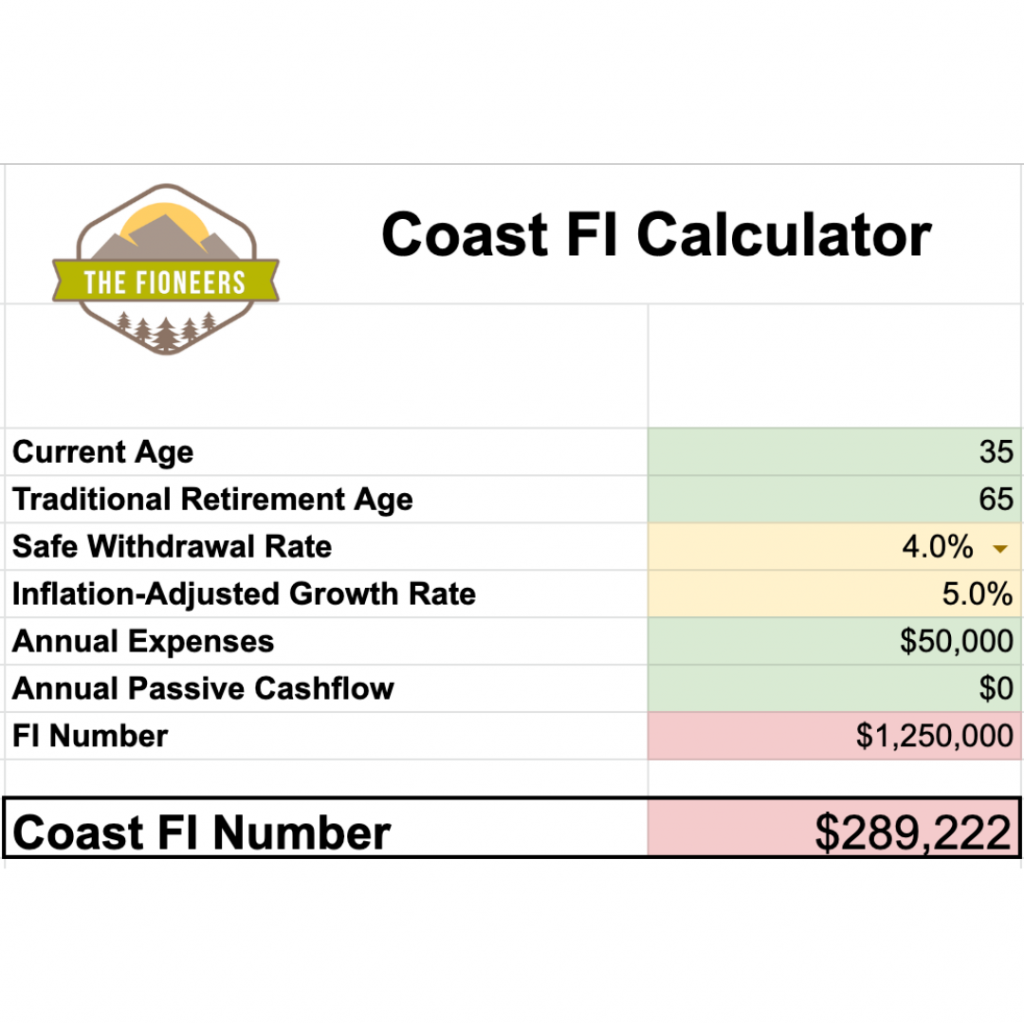



I understand the concept of only making “hell yes” choices but I don’t agree with it. In real life when you are making a choice you rarely know the whole story about the alternatives. Because you don’t really know how it will feel to actually do something it is going to be very rare it feels like a “hell yes”, and if you pass on things that might be promising without trying them you will miss most of the good stuff in life. My philosophy is only say no when you already have something better to commit too. It has certainly served me well. As far as burn out, I think that is extremely rare, if not impossible, as long as you are having fun.
Hey,
I think that is completely fine that you don’t ascribe to the same policy. Because of my mental health issues, burnout has been a huge challenge for me. Also, I have so many things that I could be doing that are good (sometimes not great) that if I did them all, it would keep me from doing the things I really wanted. I’m glad you found a strategy that works for you.
Best,
Jessica
Hey Jess,
I think the idea of saying no is really important, but that it affects different people in different ways. I’m a lot like you, I feel like I need to say no to more and find myself getting overwhelmed and frustrated if I don’t. On the other hand, I can also see how some people have the desire to say yes and don’t regret it, whether it’s because of FOMO or whatever else.
I think the thing that we all struggle with is finding that perfect balance — a healthy, productive busy. Mihaly Csikszentmihalyi broke it down perfectly in his book, “Flow.”
Hi Dave,
I totally agree. I think I’m a recovering “yes” person, so I need to say “no” more. I can also imagine that there are people who are opposite and need to say “yes” more.
Thanks for the comment!
Jessica
Hi Jessica,
Excellent article that made me rethink a few alternates and sharpen my blade a bit more. However, I do find the philosophy of “yes vs no” to be dependent on stages in life. A fresh out of college student with little experience should be saying yes to essentially anything that comes their way. However, once you’re on the other side of the curve of having many things to do and accumulated a lot of experience, saying no will becomes much more important. There is always a tradeoff and maybe I am still too green in life to speak on this, but I find things that I don’t want to do in my business delegated or automated. (For example, I’m a real estate agent, but don’t want to show houses. I’ll just partner up with someone that does the showings for me. I don’t want to learn virtual staging nor develop a 3D floor plan so ill just 1099 it out.) Regardless, thanks for the article!
Best,
Lewis
Hi Lewis,
That is definitely true. Whether you should say “no” or “yes” is dependent on your stage of life, and whether you feel like you have enough going on in your life. I know very few people who need to say “yes” more often. 🙂 Most people I know need to say “no” so they can say “yes” to the right things. There are always trade-offs.
I’m glad you’ve been able to delegate and automate tasks you don’t enjoy. This is a really great tip!
Best,
Jessica
Thank you for this, Jess. I have read your post before and I am reading it again after starting a new job and learning how to set better boundaries. It is very helpful.
Danielle – I am so happy to hear it’s helpful. I hope the new job is going well!